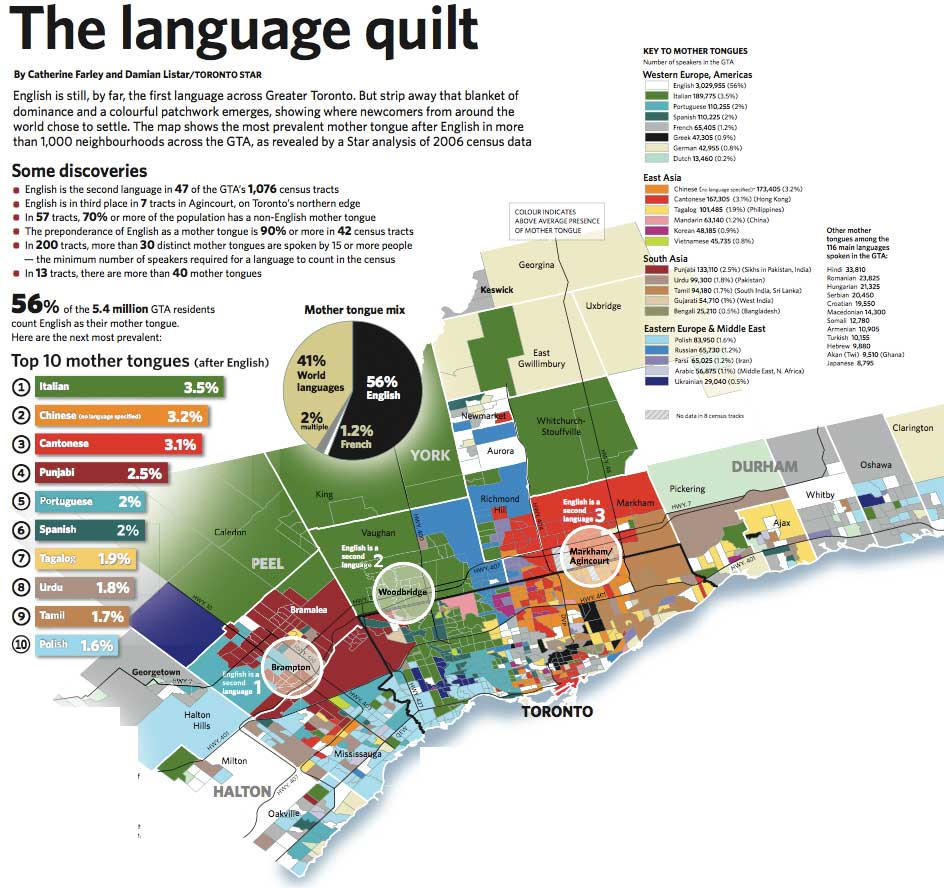The Federation of Canadian Municipalities has just released its Quality of Life Reporting System (Press Release) – Trends & Issues in Affordable Housing and Homelessness (Report in pdf). If you go to the end of the report & this post you will find the data sources required to write this important report on the situation of housing & homelessness in Canadian Cities.
NOTE – these public datasets were purchased to do this analysis. It costs many many thousands of dollars to acquire these public data. Public data used to inform citizens on a most fundamental issue – shelter for Canadians. Statistics Canada does not generally do city scale analysis as it is a Federal agency and the Provinces will generally not do comparative analysis beyond cities in their respective provinces. This type of cross country and cross city analysis requires a not-for-profit organization or the private sector to do the work. We are very fortunate that the FCM has the where-with-all to prepare these reports on an ongoing basis. This is an expensive proposition, not only because subject matter specialists are required, much city consultation is necessary for contextual and validation reasons but also because the datasets themselves are extremely costly. There is no real reason to justify this beyond cost recovery policies. Statistics Canada and CMHC are the worst in this regard. The other datasets used are not readily accessible to most. While the contextual data requires specially designed surveys.
The documents referred to in this report were however freely available but not readily findable/discoverable as there is no central repository or portal where authors can register/catalogue their reports. This is unfortunate as it takes a substantial amount of effort to dig up specialized material from each city, province or federal departments and NGOs.
Public (but not free) Datasets Used in the report:
- Statistics Canada – Population Census, Population and Dwelling Counts, Age and Sex, Families and Households, and Housing and Shelter Costs, Tax Filer Statistics for economic, some population data and Migration Estimates.
- Canada Mortgage and Housing Corporation – Customized data on the cost of housing, the availability of housing, vacancy rates and housing Starts and Completions Survey.
- Citizenship and Immigration Canada – volume of immigration, demographics of immigrants and destinations in Canadian cities.
- Human Resources and Social Development Canada – Minimum wage database, Homeless Individuals and Families Information System (HIFIS).
- Homeless and Social Housing Data were derived from 22 FCM QOLRS participating municipalities.
Report and Press Release Via Ted on the Social Planning Network of Ontario Mailing List.



Comments on Posts